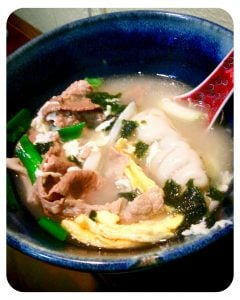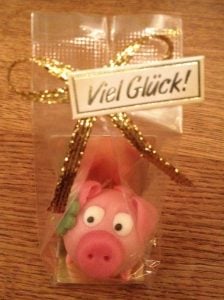Cook & Learn: The Best International New Year’s Eve Recipes to Practise Foreign Languages
As the new year approaches, it’s impossible to look back on 2020 and not feel it was a bit lacklustre (to say the least!). For this reason, we believe that this time around New Year’s Eve has to be a true celebration. Even though most countries around the world are still under COVID-19 restrictions, you can still bring variety and enjoyment to this holiday season by trying international recipes.
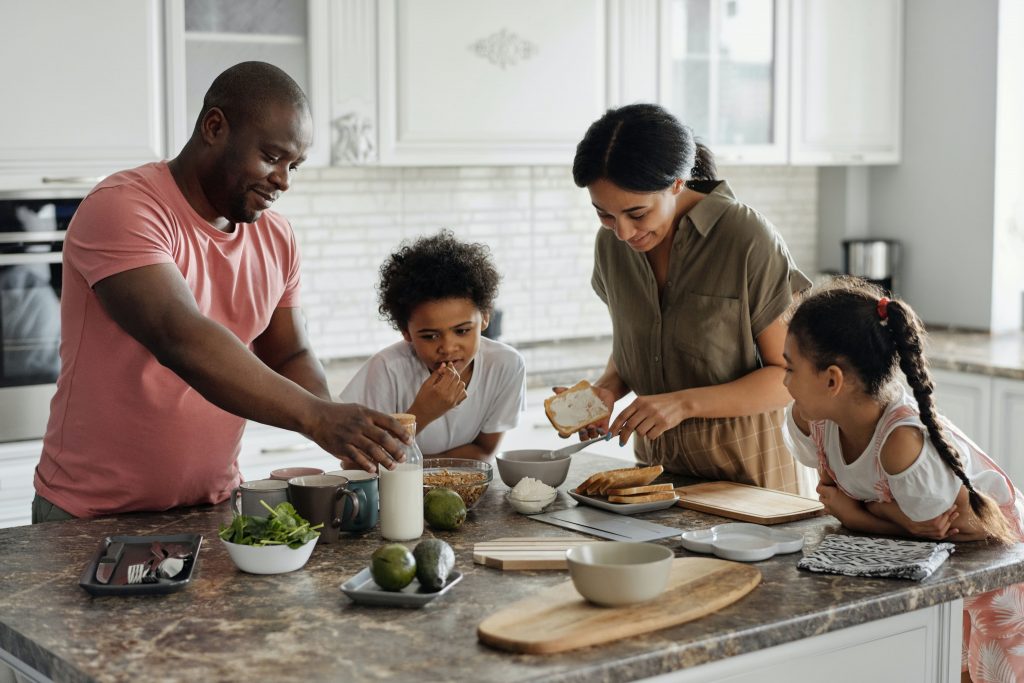
Table of Contents
Photo by August de Richelieu from Pexels
Cooking and eating food from different countries is one of the most exciting ways to get to know about different cultures. Also, by following the recipes in their original languages and comparing them with their English translation you get to sharpen your language skills by doing something that is both fun and meaningful. For example, if you decide to make Italian lentils, you will try out a new delicious dish while learning words like “lenticchie” (lentils), “fortuna” (fortune) and “prosperità” (prosperity).
To know what exactly is the relationship between lentils and prosperity, and for a full list of international recipes for New Year's Eve you can try this season, check out the compilation below!
Rosca de reyes, Mexico
Eaten on January 6 to celebrate the arrival between the Three Wise Men, this ring-shaped bread is usually adorned with fruit and sugar. Traditionally, a small figure of Baby Jesus is hidden inside the cake before cooking, and the person who gets the model in their slice is believed to have been blessed.
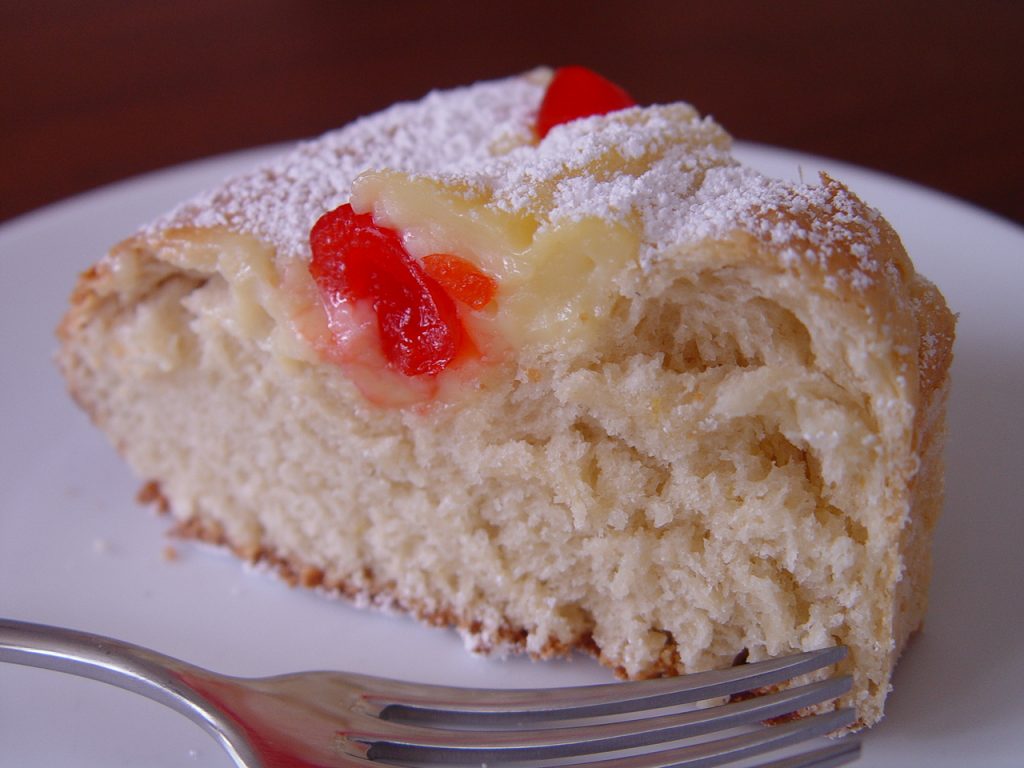
Photo by Rebecca T. Caro via Flickr
If you want to turn the preparation of your rosca into a language learning experience, make sure you follow the instructions in Spanish (unless you are an advanced Spanish speaker already!) compare it with an English translation to avoid making mistakes. This way, you will learn lots of vocabulary, especially action verbs related to cooking:
“Coloca el agua tibia en un tazón y espolvorea la levadura; mezcla con un tenedor hasta que la levadura se disuelva”.
“Put the warm water in a bowl and sprinkle the yeast; mix with a fork until the yeast dissolves ”.
Tteokguk, South Korea
In South Korea, people’s ages are calculated according to the lunar calendar. At the same time, Korean people claim that they get older at New Year’s, not on their birthday. Tteokguk, a typical South Korean soup, is such a traditional to South Korean New Year, that you can’t say to have grown older until you’ve eaten a full bowl.
Like all South Korean dishes, Tteokguk is highly symbolic: the tteok rice cakes are sliced into long shapes to symbolise longevity, the beef is sliced in the shape of coins to conjure wealth, and the colour of the preparation is white because it represents a new beginning.
By following a bilingual recipe, you will get to learn tons of words for common ingredients:
쌀 (ssal) - rice
고기 (gogi) - meat
양파 (yangpa) - onion
마늘 (maneul) - garlic
So what do you think 수프 (supeu) might mean? Follow a dual-language recipe and find out!
Lentils, Italy
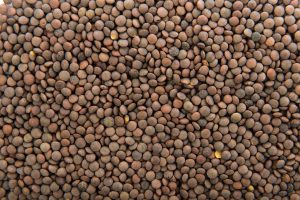
Photo by luis_molinero via Freepik
Korean people are not the only ones who have dishes full of tradition and symbolism. Italian lentils, with their coin-like shape, are believed to bring prosperity and good fortune for the new year. What’s more, they are typically served with cotechino, a fatty pork sausage whose rich ingredients also symbolise success and abundance.
Trying this recipe for New Year’s Eve is a great opportunity to gather your family and do something fun together while you learn a new skill. By watching a tutorial or following a recipe in its original language, you will learn lots of verbs related to cooking and food preparation.
Pesate le lenticchie - Weigh the lentils
Sciaquatele bene sotto acqua corrente - Rinse them well under running water
Scaldate un po’ di olio - Heat a little oil
Soffriggere delicatamente - Fry gently
Pork or sugar pigs, Germany
In German, schwein gehabt (having a pig) means being lucky. This is why giving away piggies made of sugary almond paste in New Year’s Eve is meant to conjure good fortune.
Besides, the sweetness of these porkies stands as a promise of an extra sweet new beginning.
As English and German belong to the same language family, you will notice many similarities in their vocabulary. For example, take a look at the German words that correspond to sugar, water, and milk in the instructions below. We are sure you will be able to identify them without a translation!
“Wasser, Zucker, Glukose kochen bis 110° Re´ -137,5° C kochen dann einige Tropfen Milchweiß in den Zuckersud geben, danach die rote Farbe dazu geben so das eine rosa entsteht.”
As you can see, no matter what kind of food you like or what languages you want to learn, there are dozens of international recipes for New Year's Eve out there. All you have to do is gather your friends or family, pick one, and enjoy the cooking process while you learn something new! Happy New year!
Do you have a favourite New Year's Eve dinner recipe? Let us know in the comments below!
If the experience of cooking an international dish has inspired you to learn a language in more depth, visit our website and explore our tailor-made language courses. We will pair you up with a teacher that suits your needs and busy schedule.



